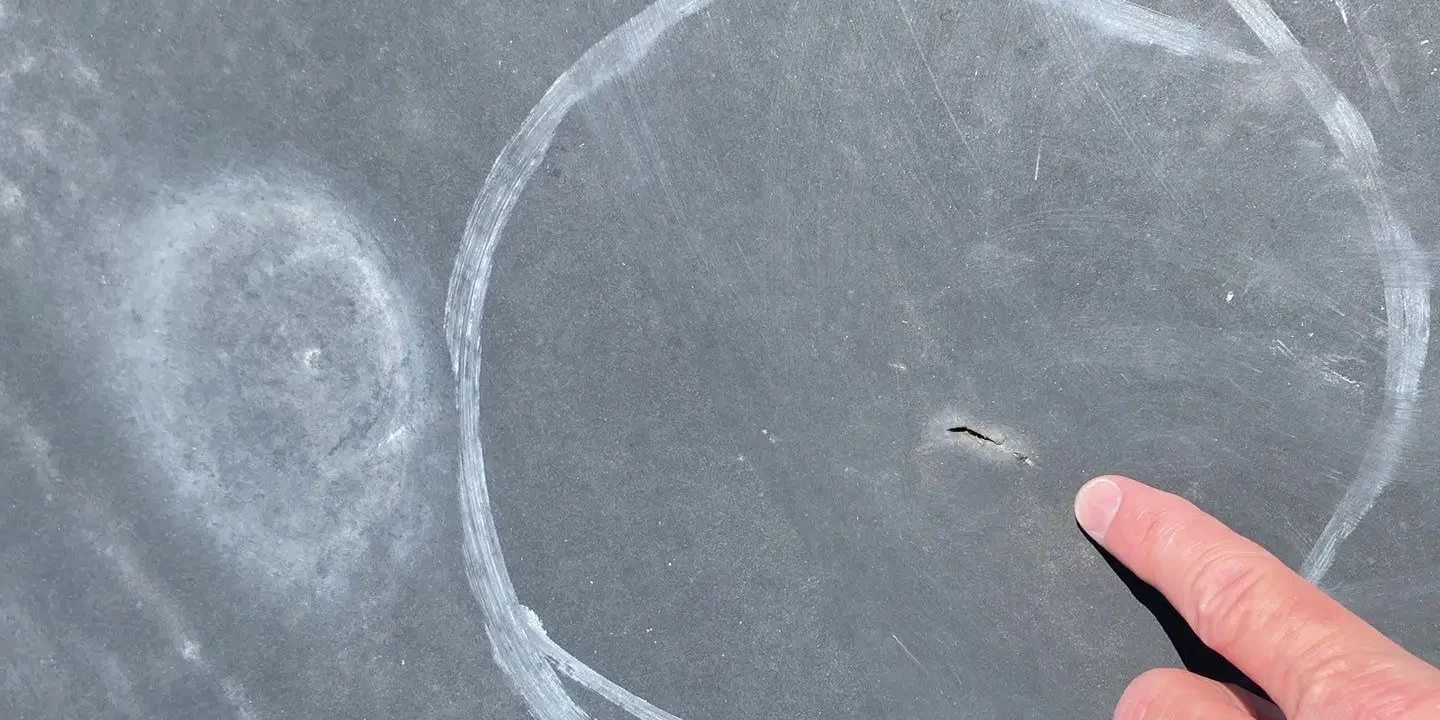Understanding the Vulnerability of Flat Roofing Systems to Hail Damage
Introduction
Flat roofing systems are increasingly popular for both commercial and residential buildings due to their cost-effectiveness and space efficiency. However, these roofs are significantly more vulnerable to hail damage compared to their sloped counterparts. This article delves into the reasons behind this vulnerability, the types of flat roofing systems most affected, and practical measures to mitigate hail damage.
Why Flat Roofing Systems Are More Susceptible to Hail Damage
Direct Impact of Hailstones
Flat roofs experience direct hits from hailstones, as there is no slope to deflect the impact. Each hailstone strikes the surface head-on, which can cause significant damage, especially during severe storms. The lack of angle means the energy from the hailstone is absorbed entirely by the roof surface, leading to higher chances of punctures and fractures.
Types of Flat Roofing Systems Affected
- TPO (Thermoplastic Olefin) Roofing Systems: TPO roofing is known for its durability and resistance to various weather conditions. However, it can still suffer from hail damage, particularly when exposed to large hailstones over 2 inches in diameter. The flexibility of TPO membranes helps to a certain extent, but large hailstones can still cause tears and punctures.
- EPDM (Ethylene Propylene Diene Monomer) Roofing Systems: EPDM roofs are highly flexible and can withstand hailstones up to 2½ inches in diameter, depending on the quality of the installation and underlying materials. Despite this resilience, extreme hail events can still damage these roofs, especially if the underlayers are not adequately reinforced.
- Single-Ply Membrane Roofing Systems: Single-ply membranes, including both TPO and EPDM, are generally tough but not impervious. These membranes can handle moderate hail but are vulnerable to larger hailstones, which can compromise the integrity of the roof over time.
Structural and Material Vulnerabilities
Flat roofs often have seams, flashings, and slope changes that are more prone to damage during hail storms. Older roofs are particularly at risk as they may have deteriorated over time, making them less resilient to impact. Additionally, the materials used in flat roofs can influence their vulnerability. Softer underlayers can absorb impact better but are also more prone to indentation and damage.
Mitigating Hail Damage on Flat Roofing Systems
Reinforcement with Rigid Boards
One effective method to enhance the impact resistance of flat roofs is to place rigid boards beneath the outer membrane. These boards can distribute the force of hailstones more evenly, reducing the risk of punctures and fractures. It is crucial to choose the right type of board that offers both rigidity and some degree of flexibility to absorb impacts without cracking.
Regular Maintenance and Inspections
Proactive maintenance is vital in preserving the integrity of flat roofing systems. Building managers should schedule regular inspections, especially after hail storms, to identify and repair any damage promptly. Regular maintenance helps in early detection of issues such as small tears, punctures, or loose seams, which can escalate if left unattended.
Choosing Durable Materials
Investing in high-quality roofing materials can significantly reduce the risk of hail damage. For instance, EPDM and TPO membranes with reinforced underlayers can offer better protection. Additionally, considering materials specifically designed for hail-prone areas can provide an added layer of security.
Spotting Hail Damage on Flat Roofing Systems
Visible Signs of Damage
Hail damage on flat roofs is often visible and can include:
- Torn or cracked membranes
- Fractured surfaces
- Indentations or punctures
Building managers should conduct thorough inspections after hail storms, looking for these signs. Immediate attention to visible damage can prevent further issues, such as water infiltration and structural weakening.
Hard-to-Spot Damage
Not all hail damage is immediately visible. Some damage might leave the roof vulnerable to future problems, such as leaks and mold growth. It is essential to look for:
- Minor cracks or fissures
- Damage to seams and flashings
- Signs of water infiltration in the interior spaces
Professional roof inspections are recommended to identify and address these hidden damages effectively.
Conclusion
Flat roofing systems, while advantageous for many reasons, are particularly vulnerable to hail damage due to their structural design. Understanding the types of damage, recognizing the signs, and implementing preventative measures can help mitigate these risks. Regular maintenance, reinforcement with rigid boards, and using durable materials are crucial steps in protecting flat roofs from hail damage. For those in Littleton, CO, GCCS Roofing, Inc. offers expert services to assess and fortify flat roofing systems against such vulnerabilities.







